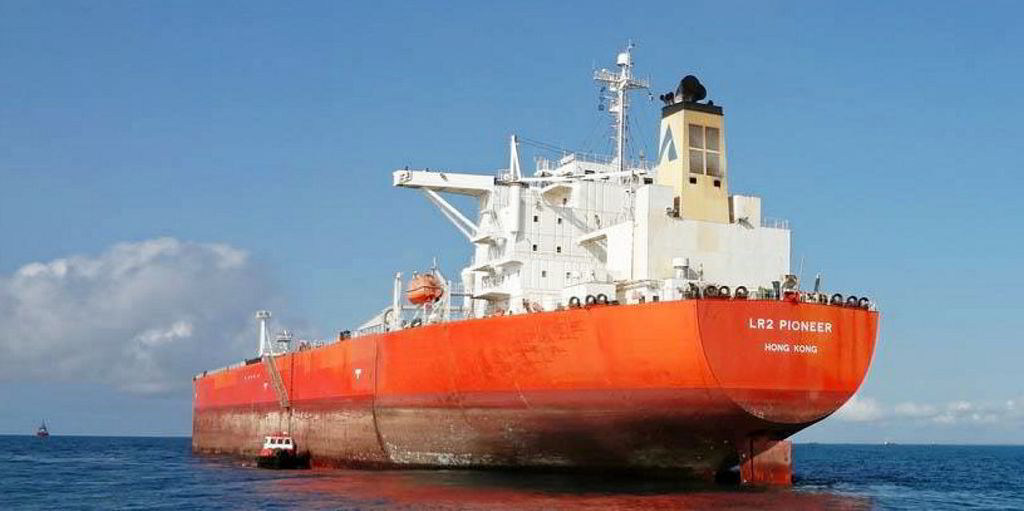New records have been set in an "exceptionally" active sale-and-purchase market, with March the busiest month ever recorded by Clarksons Research.
The UK company, a division of shipbroking giant Clarksons, said the first quarter also saw a record number of deals.
A total of 16m dwt of vessels changed hands in March alone, and 8m dwt more was committed in the first half of April.
"After recovering quickly and robustly from the lows of Q2 2020, the volume of secondhand sales has jumped to new records in recent months, with the March total an all-time high," said analyst Sarah Holden.
Overall, between October 2020 and March 2021, 50% more capacity was sold than in the previous most active six-month period, in 2017.
Surge continuing
Activity has shown no sign of slowing so far in 2021, with 590 ships sold in the first quarter, totalling 40m dwt, Holden said.
The deadweight tonnage figure was in line with the fourth quarter, however.
At the current pace, more than 7% of the global fleet would change hands in 2021 in capacity terms, the highest level since 2007.
This compares to an average of 4% over the last decade.
The biggest-ever tonnage swap was in 2004, when 9% of the fleet changed ownership.
This time last year saw a significant slowdown in S&P activity, with Covid-19 leading to difficulties in concluding transactions and delivering ships, as well as generating uncertainty over strategic decisions, Clarksons Research said.
Eight-year low in 2020
As a result, the second quarter saw the lowest number of sales at 254, or 17m dwt, for eight years.
In April last year, just 42 ships changed hands, the lowest figure since December 2008 as financial markets crashed.
However, activity then picked up firmly, with sales totalling 429 vessels of 23m dwt in the third quarter, and 572 ships of 40m dwt in the final quarter.

"In part this reflected pent-up demand as solutions to the practicalities of concluding sales began to be found, but activity was also boosted by more positive sentiment and improving conditions in a number of markets," Holden added.
So strong was the recovery in activity in late 2020 that sales in the last three months of 2020 reached a new high in both numbers and capacity, and drove the annual total in 2020 to a record 102m dwt, up 29% from 2019, the company's figures show.
Market variations don't stop sales
Despite the recent variation in market conditions across sectors, S&P volume records have been set across the major segments, with asset play and fleet renewal being key themes, Clarksons Research said.
Bulker sales hit a new high of 19m dwt in the first three months.
Sentiment was positive and many ships saw multiple inspections, the company said, while sellers took advantage of rapidly rising asset values.
Japanese shipowners remained active, accounting for 24% of tonnage sold, with Greeks and Chinese some of the largest buyers.
Boxship sales have also surged, against a backdrop of rapid price gains and a lack of ships available for charter.
In the first quarter, sales totalled a record 122 ships of 400,000 teu.
Ships needed for charter
Owners who charter out their vessels accounted for 90% of capacity sold.
But booming markets are not everything in S&P.
Despite pressure on tanker rates, the final three months of 2020 and the first three of 2021 have been two of the strongest ever for deals. Some 17m dwt changed hands in the fourth quarter of last year, and 14m was sold in the quarter that followed.
There has been support from firm Asian buying interest, especially for older units, as some sellers have looked to renew fleets.
The average age of crude tankers sold in the first three months was 16 years, compared to an average of 10 years between 2010 and 2020, Clarksons Research said.
"Recent months have seen an exceptionally busy S&P market," said Holden.
"Overall, the surge in activity provides yet another clear example of an area of the shipping industry that has seen a remarkably quick bounce-back from Covid-driven lows, and set impressive new records."






